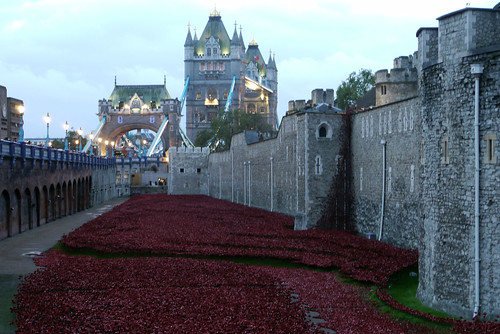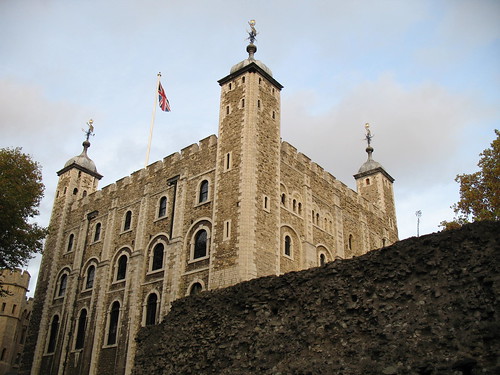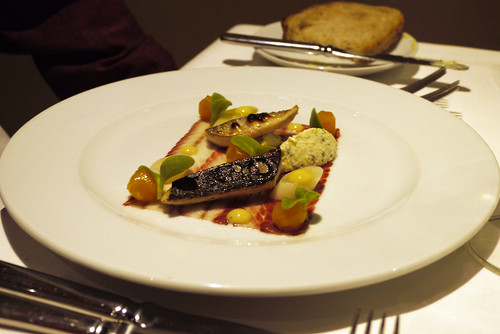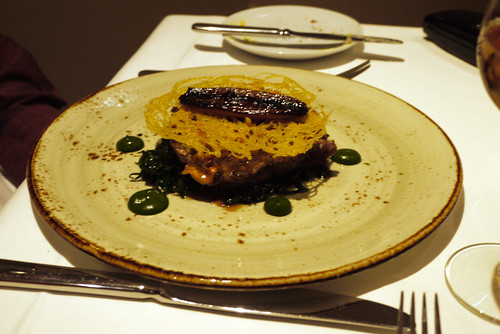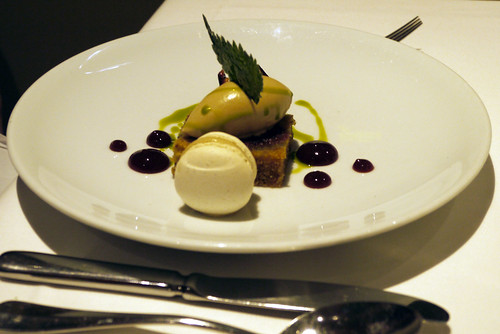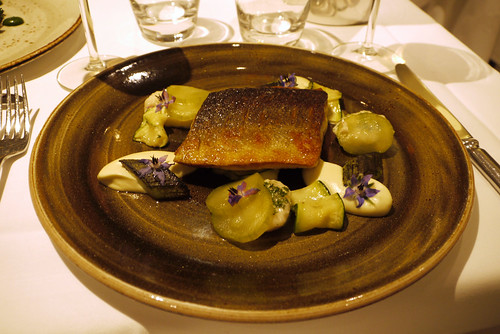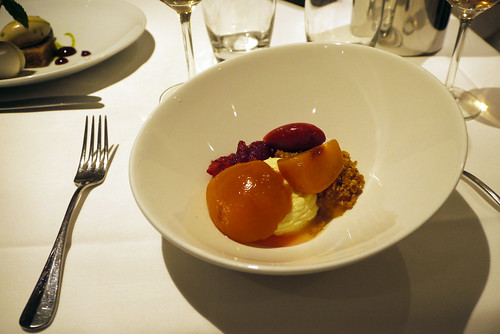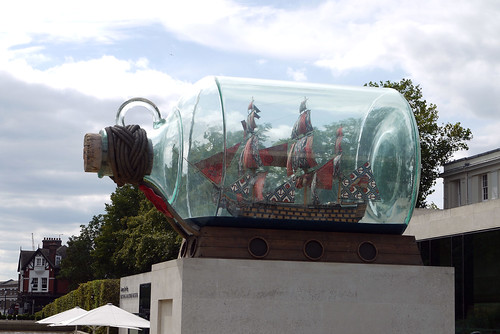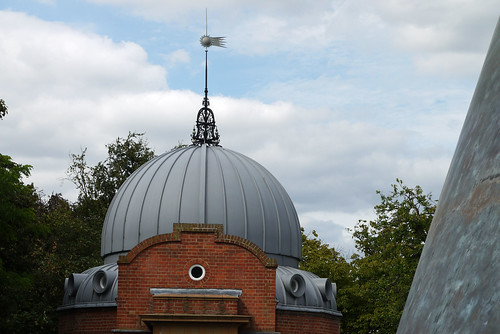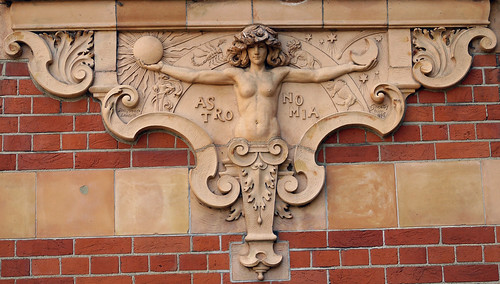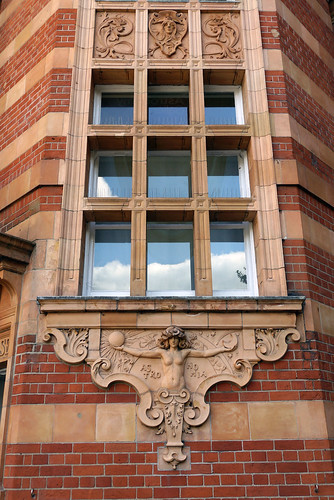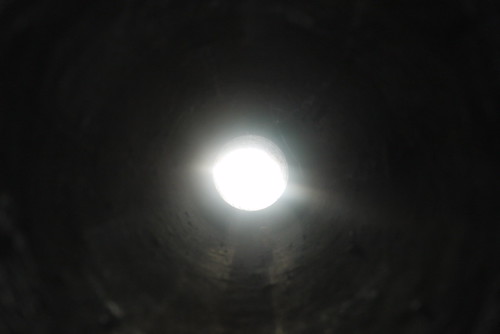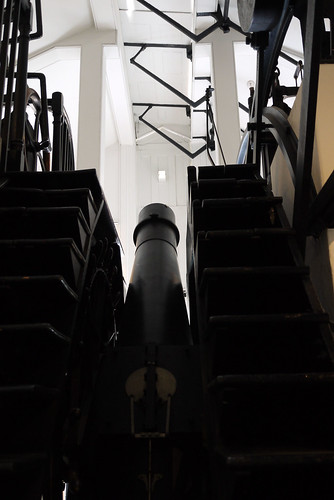
I have returned safely from The Tower! This years London trip ran a lot more smoothly that last years trip to London. On arrival we headed straight to the Tower of London. On the advice of the Tower of London website we avoiding using Tower Hill tube station, this meant we had a 10 minute walk from the tube station to The Tower. We picked up our prepaid tickets and admired the poppies in the moat whilst making our way to the drawbridge entry to to The Tower.
When we got inside we walked on the walls, looking out over London and glimpsing poppies through some of the windows. After the walk we took a break for lunch before continuing our tour of things that The Tower of London has to offer. We gave the Crown Jewels a miss, the queue was extremely long due to increased visitors there for remembrance weekend and to see the poppies in the moat. We did join the shorter faster moving queue to visit the White Tower which is the oldest part of the Tower. It houses the Royal Armories collection.
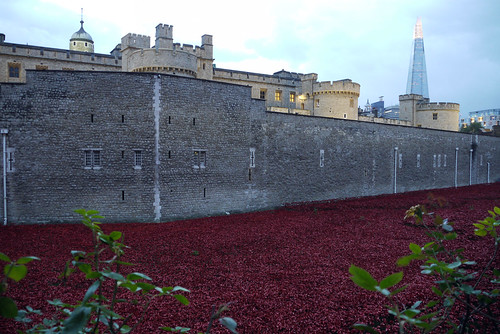
After our visit to The Tower we continued walking around the moat so we could see more of the poppies in the moat. It was fascinating to see how much the poppy installation had grown since our visit in August. Due to the sheer numbers of people it took us quite a while to make our way around the moat. We got to one of the corners at the front of The Tower as dusk turned this meant that we were able to witness the Roll of Honour being read. This was followed by a trumpeter playing The Last Post which is always moving to hear.
As the crowds slowly started to disperse we made our way to the other corner at the front of The Tower to see the wave of poppies cascading over the side of the drawbridge. Just as we arrived the heavens opened, it was just like someone had turned on a tap!!. We beat a hasty retreat and made our way towards the tube station whilst trying to locate a cab. We had no luck with a cab due to the sheer numbers of people. On the way back to the tube we experienced rivers of water flowing across the footpaths as the gutters deposited water to the downspouts. Water was also cascading down the steps in the underpasses. By the time we got to the tube station we were absolutely drenched.
We set off on our journey back to Marble Arch where the coach had dropped us off. The journey was beset with delays. At one point we queued inside the underground for thirty minutes before we could get onto the platform. At one point I felt most uncomfortable, there was a mass of people with no exit in site if something should suddenly go wrong. Of course nothing went wrong and every few minutes the crowd surged forward as people got on the tube that had arrived at the platform and more people surged to fill the gap they had left on the platform. We eventually got back to Marble Arch, grabbing as sandwich to eat on the coach as we made our way to the pick up point. We arrived with moments to spare. A few others were late due to them experiencing similar transport problems. The coach was also a little late due to roads being congested. The coach slowly made its way out of London but as someone pointed out, it was not as slow as it was on last years trip.
The driver of the coach we travelled on last year informed us that it spent six weeks in the Volvo garage where it was found that two pistons had broken through the engine block at a cost of £24.000 to replace!! OUCH!!


